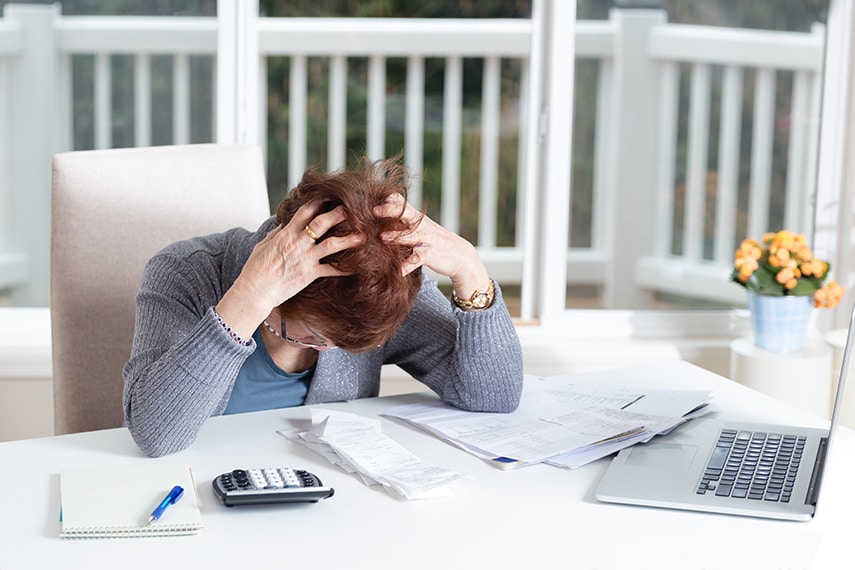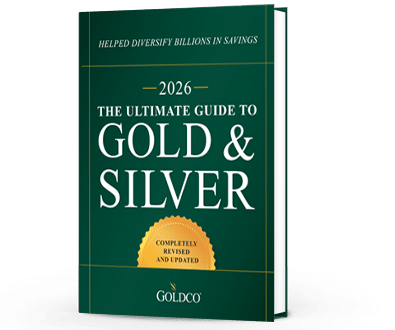Starting a Gold IRA: What You Need to Know
People choose to start a gold IRA for a number of different reasons Some are looking to help safeguard themselves against stock market instability Others are trying to help safeguard their wealth...
Retirement

Investing orthodoxy likes to state that investors can’t time markets. In one sense that’s true, in that the likelihood of an individual investor being able to sell right at the top of a market and buy right at the bottom of a market is incredibly slim, if not impossible. That’s why buy and hold has become such an important investing strategy. Most investors also don’t have a choice as to when they enter markets. Those who graduated college in 1995 and started investing then ended up doing much better than those who graduated in 2000, just as those who graduated in 2007 will likely end up doing more poorly than most other age cohorts.
But just about every investor has a choice about retirement. Often a target retirement date is planned years in advance. As that date approaches, many people are unwilling to put off their retirement even if market conditions seem to be deteriorating. But that could be very unwise.
Those who retire during bear markets can permanently hamper their retirement income, meaning that for the duration of their retirement they’ll have only about 2/3 the income they otherwise would have. And given how few Americans are already able to fully fund their retirements, that loss of 1/3 of their retirement income could be catastrophic. Here are three things all investors need to do to ensure that they aren’t harming themselves in retirement.
Obviously the first step investors need to take before retirement is to pay attention to market conditions. As long as governments and central banks engage in monetary policy and interfere in markets there will be business cycles. Booms will be followed by busts and, while the exact timing of those cycles may not be predictable, they will be observable.
Retiring during a boom time is obviously the best thing for your portfolio, as you will be exiting the workforce at the time in which your retirement assets are at their peak value. And economic booms often last for years, so you don’t have to worry about retiring at just the right time.
But the bust, or at least the initial indicators of it, can come on suddenly if you’re not observant and not prepared. What we’re witnessing right now with growing stock market volatility and weakness, rising interest rates, and the trade conflict with China, are the first indicators that the high-flying US economy is poised for a slowdown within the next year or two.
Those looking to retire in the next 1-3 years need to realize that they may be retiring during a bear market. They’ll have to make the decision either to postpone their retirement, move up their retirement nearer to the present, or take the proper precautions to make sure that their retirement portfolios aren’t adversely affected by the coming stock market crash.
One of the ways investors can protect themselves during a bear market is through a properly diversified portfolio. When stocks are booming it can be tempting to pour all of your money into stock markets in order to take advantage of those amazing returns. The downside is that once stocks fall you’re exposed to a massive amount of potential losses.
By diversifying not only into other financial assets (bonds, mutual funds, ETFs, CDs, etc.) but also into different asset types such as real estate, cryptocurrencies, and precious metals, or into different sectors of the economy and different regions of the world, investors can help to protect themselves against a downturn in any one area adversely affecting their portfolios.
One method of diversifying a portfolio to protect yourself is by investing in countercyclical assets, assets that generally perform better when markets are doing poorly. Even in a bear market there will be companies that do well and assets that perform well, so it’s up to you the investor to figure out what those are. Look at past performance of other investors during the aftermath of the dotcom bubble and the 2008 financial crisis to see who made positive returns and what they invested in, then assess whether those investments would likely perform well in a future crisis.
Of course the classic countercyclical asset is gold. Gold is a safe haven that investors of all types flee to in times of economic turmoil. While stock markets were losing 50% of their value during the 2008 crisis, gold was gaining 25% and it continued to gain even after the recession was officially over.
Gold should play a role in any investor’s portfolio, but especially when future economic conditions look bleak. Investors who put 30% of their portfolio into gold before the 2008 crisis saw their portfolios outperform all-stock portfolios by 60% during the worst parts of the crisis. Those investors still would have taken losses on their stock holdings, but their overall loss of wealth was significantly less than investors who stuck 100% to the markets.
Even better for potential retirees, investing in gold can be done easily through a gold IRA. A gold IRA allows investors to use pre-tax dollars to invest in gold, or to roll over existing retirement assets from a 401(k), IRA, or other retirement account into a gold IRA tax-free. That way you can benefit from gold’s protective status while still enjoying the tax advantages of an IRA account. But the time to do that is before the crisis occurs, not afterward. So if you’re nearing retirement, anxious about the future of your retirement account, and worried about recent developments in markets, you owe it to yourself to look into investing in gold today.

